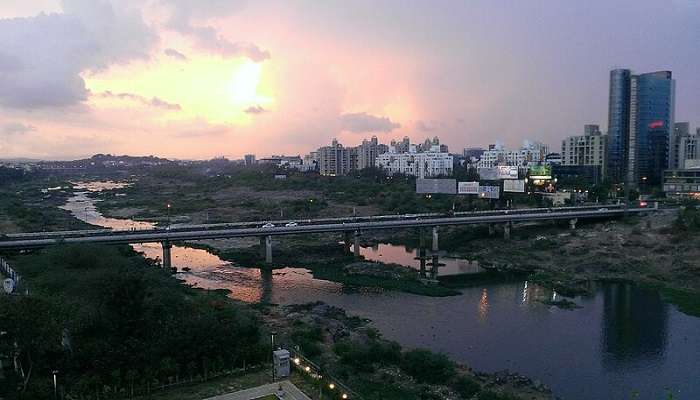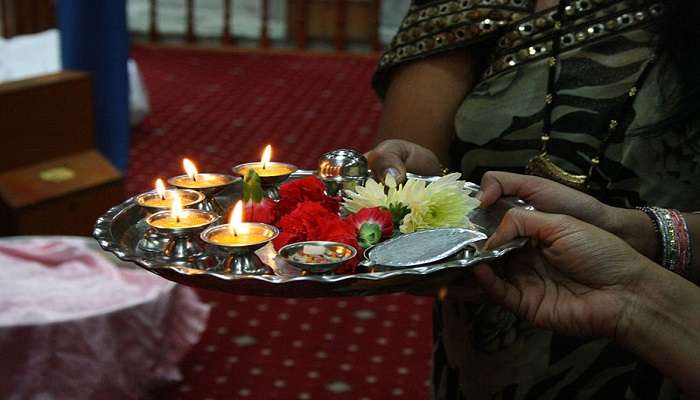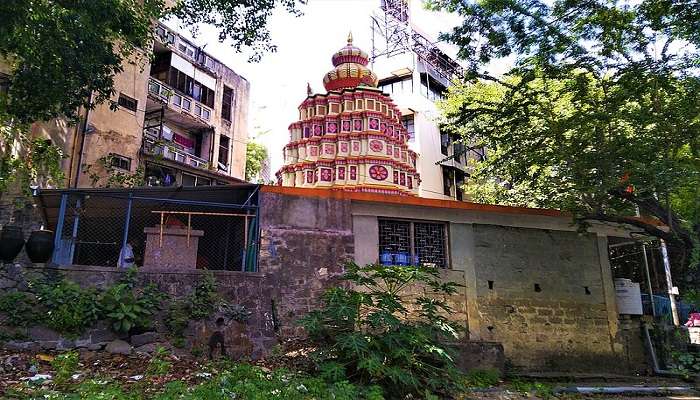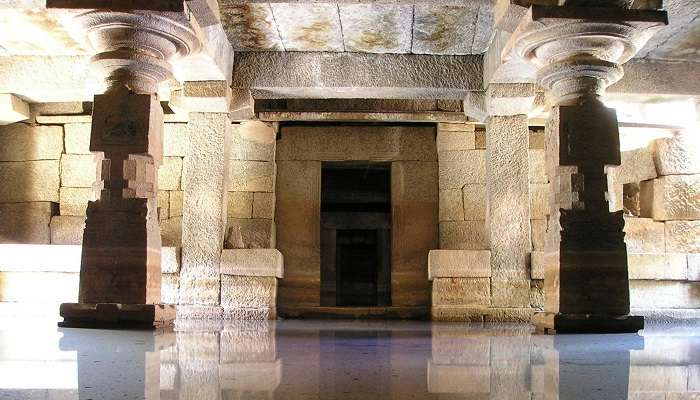Visit Panchaleshwar Which Is A Haven For Devotees In 2026

Dedicated to Lord Shiva and built by the Kalyani Chalukyas during the 9th and 10th centuries, the Panchaleshwar Temple of Pune is a beautiful testament to inner awakening. One can escape the busier city life as this exotic sanctuary is built in a greener environment. It is said to be the cultural landmark of Maharashtra because of its ancient inscriptions and spiritual ambience, drawing the attention of pilgrims and devotees and giving them a sense of divine presence. This sacred realm is especially known for its architectural brilliance and takes centre stage to house the divine lingam of lord Shiva.
History Of Panchaleshwar Temple

The Panchaleshwar temple was constructed in the early medieval era and is connected with the Maratha rulers called the Yadavas of Devagiri. This historic jewel is a central place of worship for the devotees of Lord Shiva. Considering its traditions, the temple also welcomes religious gatherings and motivates people to participate in the local festivals. Now that we know this fact, it is understood that the Panchaleshwar Temple cherishes all communities of people. The legends describe the site of this temple as profoundly auspicious, where each day manifests the divine presence of Lord Shiva. The temple is situated exactly opposite Shrikshetra Rakshasbhuvan. This is in the river basins of Godavari. People also believe that Shri Dattaguru, a paradigmatic monk, visits this temple for lunch.
Must Read: Pataleshwar Cave Temple
Religious Practices In The Temple

The temple is a vibrant place and is crucial in prioritising rituals. These are done to enhance the deep connection between worshippers and God. Some of them are as follows:
Aarti – This is to initiate and complete any divine day, as this is done in the mornings and the evenings during the sunrise and sunset, respectively. The devotees are also provided with cooked food.
Shiva Abishekam – This process includes pouring consecrated liquids, such as milk, ghee, curd, sugar, fruit paste, honey, etc., on the Lord Shiva’s idol.
Nitya Pooja – From the dawn, it continues throughout the day. After the early morning prayer, the devotees are offered sacred ash, fruits, flowers, and Vilva Leaves. Lamps are lit to clean the atmosphere and fill it with good vibes, thereby seeking blessing from God.
Shravan Somwar – It is specially conducted from July to August. The Lord Shiva idols are decorated, and devotees undergo extreme fasting and prayers.
All these are a traditional mixture of love, emotion, and devotion. Even though daily sincere worships are done, people engage in this kind of religious practice to strengthen their bonds with God and lead a happier and prosperous life. Also, after each of these rituals is completed, the sacred food is distributed to all the people in the people in the temple. It is traditionally called Prasad.
Deities Of The Temple

The supreme deity of the temple is Lord Shiva, also known as Mahadeva. He is known as the cosmic pillar of light and the destroyer of evil. Next to him is Goddess Parvati. She is the embodiment of Shakti, a divine feminine energy. According to Hindu Mythology, Parvati represents love, courage, and devotion. She is the consort of Lord Shiva. Lord Ganesh is the third deity to be worshipped and is the elder son of Lord Shiva and Goddess Parvati. He is also known to remove the hindrances from life and is a well-wisher to all those who seek his blessings. People prioritize Lord Ganesh before undertaking anything important, as he is revered as the harbinger of auspicious beginnings. Karthikeya is said to be the divine warrior. He is the younger son of Lord Shiva and Goddess Parvati. Known for his strength and courage, he is the commander of the celestial army. His spear and peacock attract the devotees to seek victory in life.
Suggested Read: Picnic Spots Near Pune In Summer
Architecture Of The Temple

This towering structure boosts the significance of the temple and the intelligence hidden in the craftsmanship. Every deity and shrine depiction is a symbolic representation of Lord Shiva in various forms. All of them are meticulously structured with different attributes to glorify beauty, strength, courage, peace, love, fertility, and devotion. Not every shrine has floral designs or motifs. Some have the Hindu Puranas. This means that each shrine is a unique piece. In addition to the fact that they are highly decorative, they also picture spiritual meanings. Also, to maintain the temple conditions, the local authorities and heritage conservation bodies take risks and steps to address challenges like environmental conditions, weather conditions, ground movements, material and structural defects.
Further Read: Offbeat Destinations Near Pune
Over the years, many efforts have been made by the people of Maharashtra to protect this temple. Its integrity, historical beauty, artistic beauty, aesthetics, and architectural glory will remain for millions of years with no doubts. Now that you have understood the temple’s history, kickstart your trip to Pune today.
For our editorial codes of conduct and copyright disclaimer, please click here.
Cover Image Credit: Mack Male for wikimedia commons
Frequently Asked Questions About Panchaleshwar
How long does the journey take to reach this temple from abroad?
The travel time to the Panchaleshwar Temple depends on the origin of the tourists. International flights can take about 10 to 20 hours to reach the PNQ (Pune International Airport). Suppose they have reached the airport, then the Pachaleshwar temple is just 30 minutes from there.
What are the visiting hours of the temple?
The Pachaleshwar Temple offers flexible visiting hours for travelers. They can plan their visit at their convenience and spiritual requirements. The temple remains open from sunrise (5:00 AM) until dusk (9:00 PM). During important festivals only, the time extends to the night.
Why is Lord Shiva considered to be the main deity here?
He dedicates himself to be the central figure of Hinduism and he is known as the cosmic force of light and destroyer of evil. This way, he is the focal point. His presence symbolizes spiritual devotion and reverence for worshippers.
Do visitors have to follow specific dress codes when attending the rituals in the temple?
Visitors attending rituals at the temple are advised to adhere to a traditional dress code, covering their shoulders and knees. Traditional attire such as sarees for women and dhotis for men is recommended to maintain the sanctity, dignity, and respect of the sacred rituals.
What are the important festivals celebrated at the Panchaleshwar Temple?
The Pachaleshwar Temple celebrates several important festivals such as Aarti, Shiva Abishekam, Nitya Pooja, Shravan Somwar, Karthika Deepotsav, Mahashivratri, Pradosh, and Rudrabishek to offer devotees opportunities for special prayers and spiritual observances
People Also Read:
Places To Visit In Maharastra In Summer Places To Visit In May In Maharastra Resorts In Lonavala

We all have to begin somewhere. This is where I start and I hope that my writings encourage you to begin. To new beginnings and conquering new places!











